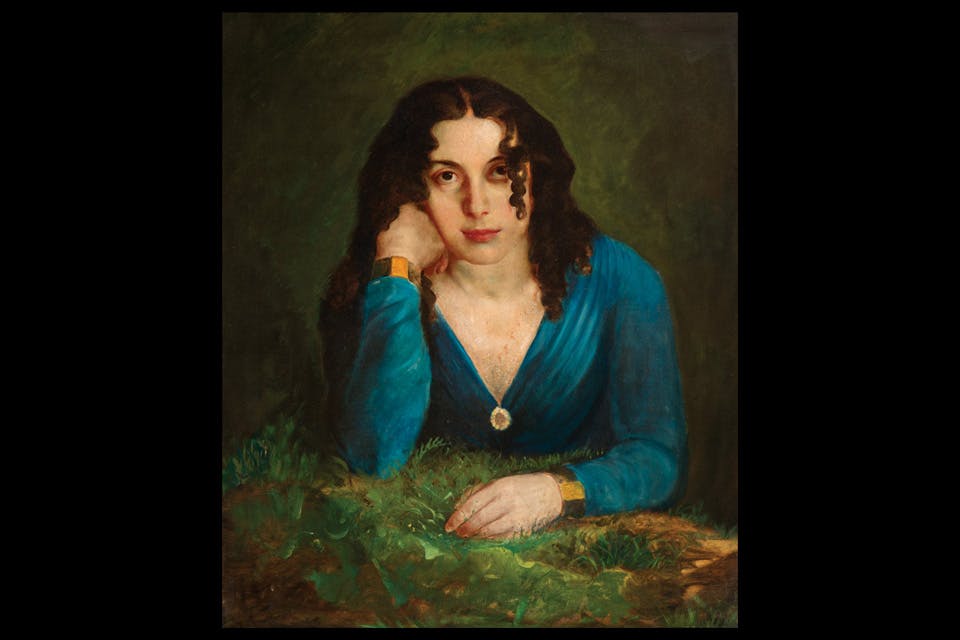Arts
‘Lilly Martin Spencer’ at Decorative Arts Center of Ohio
The Ohio artist supported her husband and 13 children by capturing everyday scenes that spoke to 19th-century, middle-class society.
Related Articles

Restoration Begins on George Sugarman’s ‘Cincinnati Story’ at Pyramid Hill Sculpture Park
The colorful, iconic sculpture is undergoing restoration ahead of a 2026 public rededication. READ MORE >>

‘Lost & Found in Cleveland’ Hits Theaters Nov. 7
The movie, which was filmed in Cleveland and other northeast Ohio locations, stars Martin Sheen, Dennis Haysbert, June Squibb and many others. READ MORE >>
-mad-alfred--ha-color-correct_silohette-copy.jpg?sfvrsn=fb30b538_7&w=960&auto=compress%2cformat)
See ‘What, Me Worry? The Art and Humor of Mad Magazine’ in Cincinnati
This exhibit at the Cincinnati Art Museum pays homage to the revered publication that helped shape American satire. READ MORE >>





